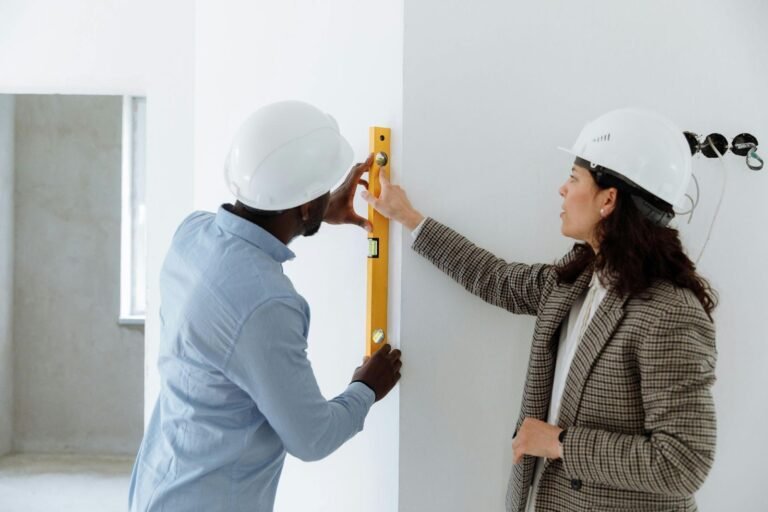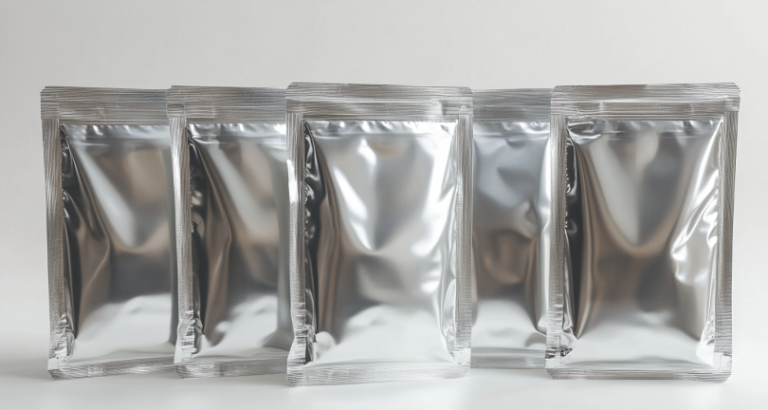Mastering Garden Drainage: Essential Tips for Your Outdoor Space
Garden drainage is an essential aspect of landscape design that is often overlooked, yet it is critical for sustaining a healthy garden. Proper drainage ensures that excess water is efficiently removed from your outdoor space, preventing waterlogging which can lead to plant diseases, pests, and other issues that could jeopardize the well-being of your garden.
Understanding the Basics of Garden Drainage
The concept of garden drainage revolves around the ability of your garden’s soil to allow water to percolate through and away from plant roots effectively. Without adequate drainage, water can accumulate at the surface or in the root zones of plants, causing an anaerobic environment that is detrimental to plant health. Therefore, understanding the type of soil in your garden and the natural drainage patterns is fundamental to mastering garden drainage.
Assessing Your Garden’s Drainage Needs
Before taking measures to improve your garden’s drainage, it is important to assess the current drainage conditions. Take notice of how water behaves during a rainfall; if you see pooling water that does not dissipate quickly, this is a clear sign your outdoor space has drainage issues. Additionally, observe the health of your plants; symptoms like yellowing leaves or stunted growth may indicate poor drainage and the need for intervention.
Improving Soil Permeability
One of the most effective ways to enhance garden drainage is by improving soil permeability. This can be achieved by introducing organic matter like compost or well-rotted manure into the soil. These amendments help to break up dense soil particles, thereby increasing its ability to handle water more efficiently.
Creating Slopes and Gradients
Elevating certain areas of the garden and creating gentle slopes can greatly assist with water runoff. Gradients allow water to naturally flow away from plant beds and other sensitive areas. However, care must be taken to ensure that the water does not simply get diverted to another part of your garden or a neighbour’s property, where it could cause issues.
Installing an Outdoor Drain
The inclusion of an outdoor drain can be a very effective solution in managing excess water, especially in gardens that suffer from heavy rainfall. By channeling water into a designated drainage system, you can control the flow and discharge of water, mitigating the impact on your plants and soil. The key is to choose the right type of drain and position it accurately to ensure it captures and redirects water as intended.
Choosing Appropriate Plants
When it comes to garden drainage, the selection of plants can influence how well your garden copes with excess water. Some plants thrive in moist conditions, while others require well-drained soil to flourish. By choosing plants that match your garden’s drainage profile, you can reduce the need for extensive drainage interventions and ensure a vibrant, healthy garden.
Using Raised Beds
If natural drainage is a persistent problem, raised beds might be the solution for your garden. Raising the planting area above the natural soil line allows for customisation of the soil mix, thereby improving drainage. Moreover, the clear separation from the ground also helps to prevent waterlogging.
Regular Maintenance
Ensuring your garden has adequate drainage is not a one-time task; it requires ongoing maintenance. Regularly clear leaves and debris that could block drains or water pathways. Inspect your outdoor drain systems to ensure they are functioning optimally and free from obstructions. Proactive maintenance will keep your garden drainage system effective throughout the year.
Utilising Drainage Accessories
There are various garden drainage accessories available ranging from grates to channels that can assist in improving water management in your garden. These accessories can be integral in creating a tailored drainage solution that complements your overall garden design and enhances functionality.
Professional Consultation
When it comes to mastering garden drainage, sometimes professional advice is needed. Landscape experts and drainage specialists can offer insights into the best strategies and practices for your specific garden layout and environmental conditions. Consulting with professionals can prevent costly mistakes and ensure that your garden’s drainage system is designed and installed correctly from the outset.
Legal Considerations
It’s important to consider local regulations regarding water runoff and drainage. Before implementing substantial changes to your garden’s drainage system, make sure you are compliant with local laws and building codes. In some cases, permission may be required, particularly if your drainage system could impact your community’s waterways or properties adjacent to yours.
READ MORE : Elegant Wedding Accommodation in Hunter Valley
Combining Aesthetics and Function
Effective garden drainage does not have to compromise the beauty of your outdoor space. By thoughtfully integrating functional elements like an outdoor drain within the garden’s design, you can achieve a balance between aesthetics and practicality. This ensures that your outdoor space is not only pleasing to the eye but also resilient against potential drainage problems.
In conclusion, mastering garden drainage is a crucial component of gardening that should not be neglected. By assessing your garden’s needs, improving soil conditions, cultivating the right plant mix, and possibly installing a dedicated outdoor drain, you can create a robust system that safeguards your garden from the challenges of excess water. Remember that drainage and water management are dynamic aspects of gardening that require attention and care to maintain the beauty and health of your outdoor oasis.






